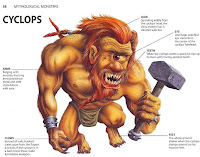 Today we looked at the connection between multiplication and division. If you read a times sum backwards, you get a division sum. Look at the example on the board above. See if you can find which times sums go with the divisions on the board.
Today we looked at the connection between multiplication and division. If you read a times sum backwards, you get a division sum. Look at the example on the board above. See if you can find which times sums go with the divisions on the board.At home please do pupil sheet 34, which is all about the 8x table. Enjoy doing your homework. Let's have all the sheets returned to school tomorrow, with all answers correct.

















































